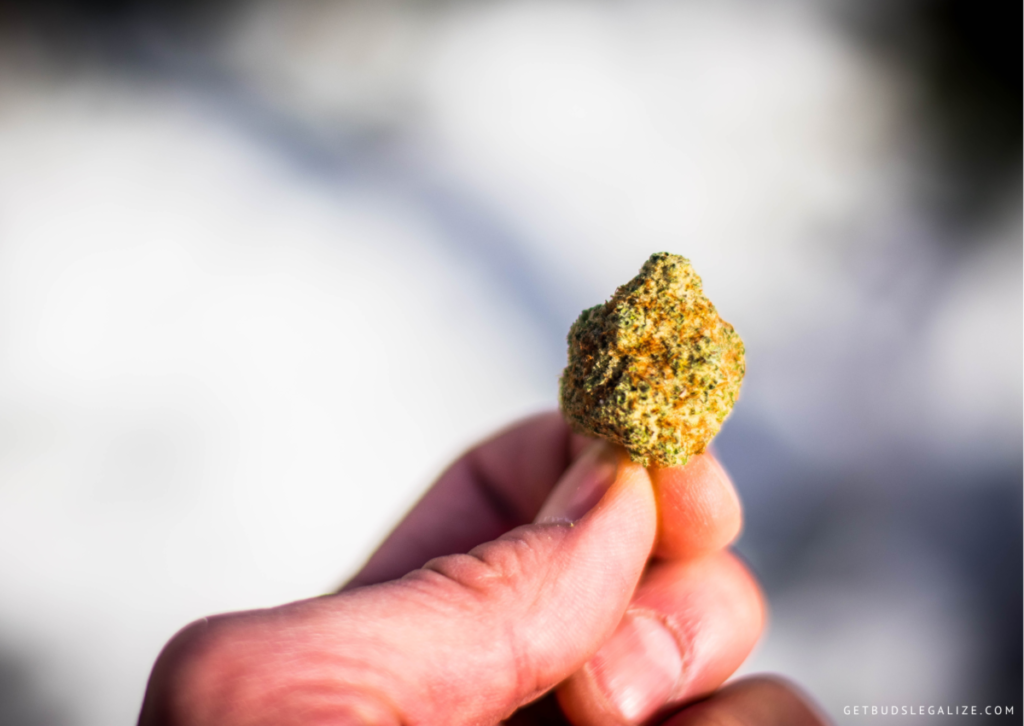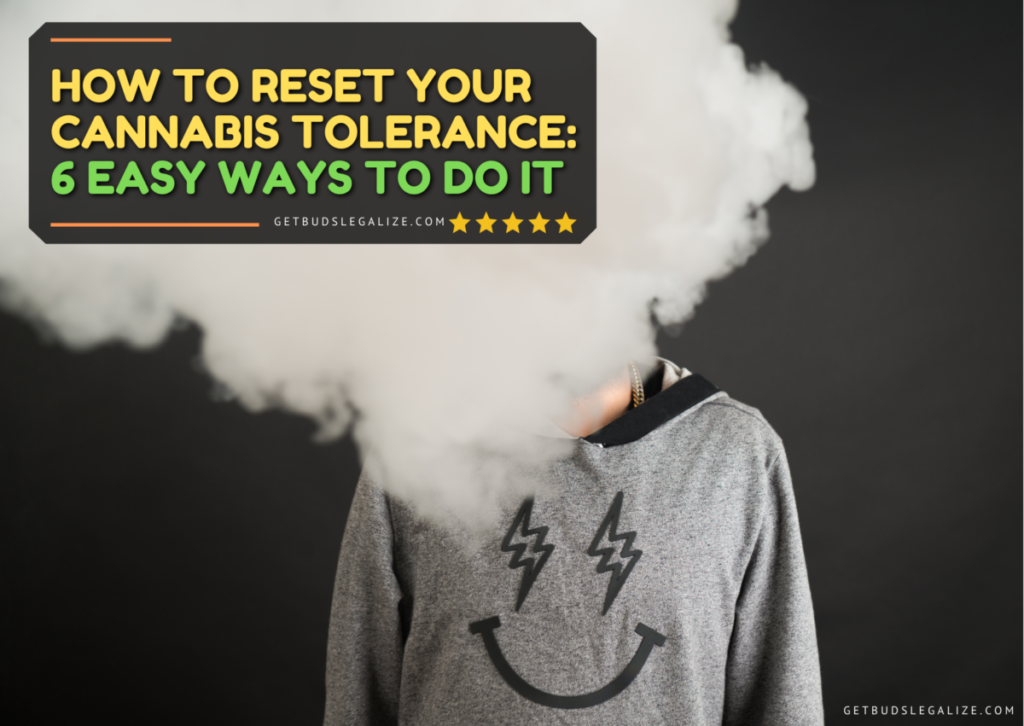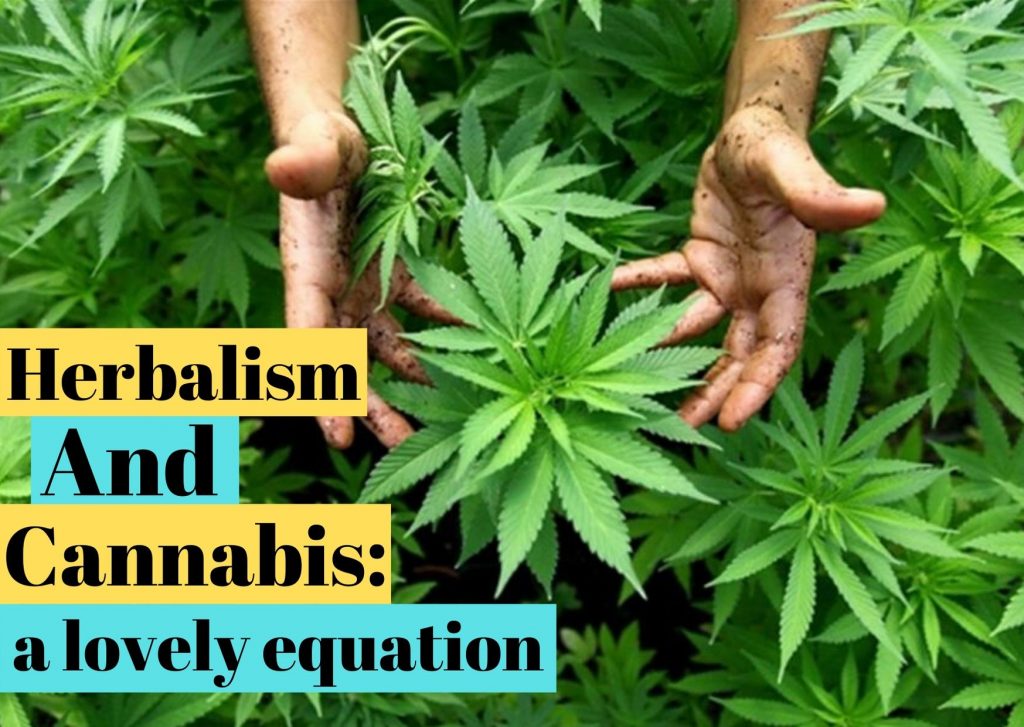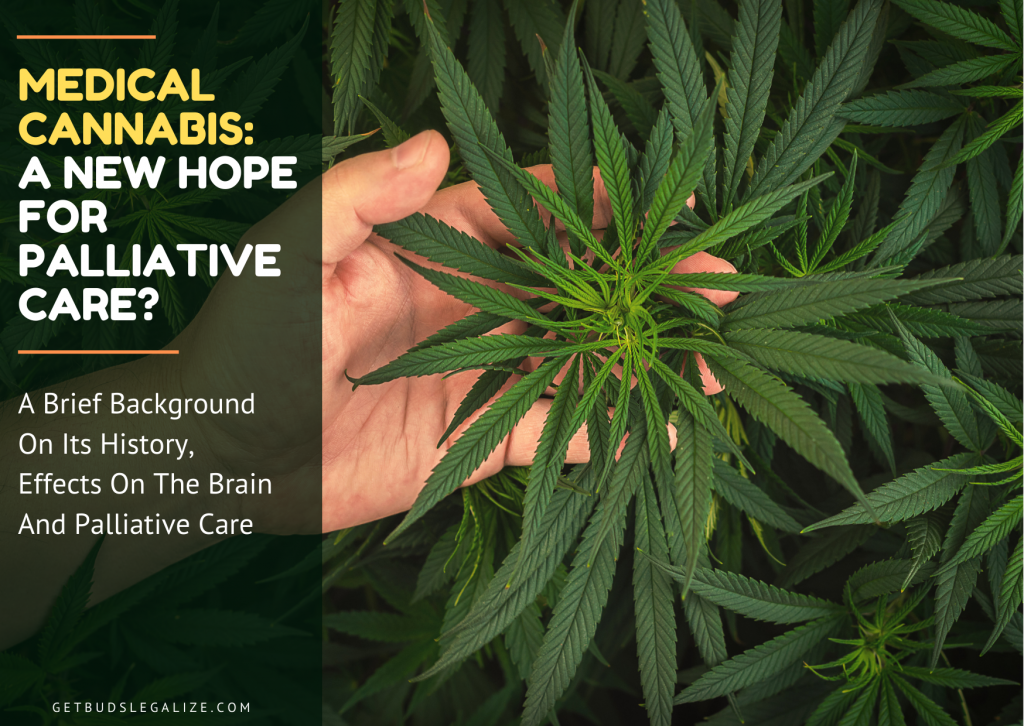Cannabis Tolerance: What is It, How It Works and How to Reset It
If you are a regular cannabis user, you may have noticed that over time, you need more cannabis to achieve the same effects as before. This is because your body has developed a tolerance to cannabis, which means that the cannabinoid receptors in your brain have become less responsive to the psychoactive compound in cannabis, tetrahydrocannabinol (THC).
What Is Cannabis Tolerance?
Cannabis tolerance is the phenomenon of reduced sensitivity to the effects of cannabis after repeated or prolonged use. It occurs when the body adapts to the presence of cannabinoids, such as THC and CBD, and adjusts its own endocannabinoid system accordingly.
The tolerance to cannabis can affect both recreational and medical users, and it can have implications for dosage, efficacy, and side effects.
Why Does It Happen?
The tolerance to cannabis happens because THC, the psychoactive compound in cannabis, activates CB1 receptors in the brain. These receptors are responsible for the high that cannabis produces. However, when CB1 receptors are exposed to THC frequently, they undergo a process of desensitization and internalization.
This means that they become less responsive to THC and are removed from the cell surface, making them unavailable for THC to bind. As a result, more THC is needed to achieve the same level of high as before. This is how tolerance develops.
What are the Cannabinoid Receptors and How Do They Work?

The cannabinoid receptors are part of the endocannabinoid system, which is a network of chemical signals and cellular receptors that regulate many functions in our bodies, such as learning, memory, mood, pain, inflammation, and appetite.
The endocannabinoid system produces molecules called endocannabinoids, which have a similar structure to THC and other cannabinoids from the cannabis plant. The endocannabinoids bind to the cannabinoid receptors, which are mainly of two types: CB1 and CB2.
CB1 receptors are mostly found in the brain and nervous system, where they modulate the activity of other neurotransmitters and control various processes such as cognition, emotion, perception, and motor coordination.
CB2 receptors are mostly found in the immune system and peripheral tissues, where they influence immune responses, inflammation, and pain sensation. Both types of receptors can be activated by endocannabinoids or by cannabinoids from cannabis.
How Long Does It Take to Cannabinoid Receptors Return to Normal?
The duration of cannabinoid receptor recovery depends on several factors, such as the amount and frequency of weed use, the potency of cannabis, the individual’s metabolism, genetics, and lifestyle.
Some studies have suggested that chronic cannabis use can cause a downregulation of cannabinoid receptors in the brain, meaning that there are fewer receptors available for THC to bind. This can lead to reduced sensitivity to cannabis effects and increased tolerance.
However, other studies have indicated that cannabinoid receptor density can return to normal levels after a period of abstinence from cannabis use. The exact time frame for this recovery varies from person to person, but some estimates range from a few days to several weeks or months.
The recovery process may also depend on whether the person engages in activities that stimulate the endocannabinoid system, such as exercise, meditation, social interaction, or consumption of foods rich in omega-3 fatty acids.
How to Reset Your Tolerance to Cannabis?

Fortunately, it’s pretty easy to reset it. Here are some tips and methods to try:
1. Take a Tolerance Break:
These are often called “T-breaks”. Research shows that while THC can deplete, your CB1 receptors can recover over time and return to previous levels. The length of your tolerance break is up to you. There’s no solid data to say exactly how long it takes them to recover, so you’ll have to experiment for yourself.’
2. Change Your Consumption Method or Time:
Another way to manage your thc tolerance is to change your consumption method or time. For example, you can try using different devices or accessories such as pipes, bongs, vaporizers, or dab rigs, which can alter the intensity and duration of the effects. You can also try using cannabis at different times of the day or in different settings or moods, which can influence how you perceive and respond to the effects.
3. Try Different Strains or Products:
Cannabis is a diverse plant that contains hundreds of different compounds that can affect your experience in various ways. By trying different strains or products that have different profiles of cannabinoids, terpenes (aromatic compounds), flavonoids (pigments), and other components, you can discover new sensations and benefits that may suit your needs better than your usual choice.
4. Use Lower-THC Products:
Since THC is the main culprit for causing tolerance, it makes sense to use products that have less of it. This way, you can still enjoy some of the effects of cannabis without overloading your CB1 receptors.
You can find products that have lower THC content at many dispensaries or online stores. You can also try micro-dosing, which is taking very small amounts of cannabis throughout the day to achieve subtle but consistent effects.
5. Use Cannabis Products with a Higher CBD-to-THC Ratio:
Another way to reset your tolerance is to use products that have a higher ratio of CBD to THC. CBD is another compound found in cannabis that has many health benefits, such as reducing anxiety, inflammation, and seizures. Unlike THC, CBD does not cause tolerance or withdrawal symptoms.
CBD May Counteract THCs Psychoactive Effect
Another reason why you may want to use cannabis products with a higher CBD-to-THC ratio is that CBD may counteract some of the negative effects of THC, such as paranoia, anxiety, or memory impairment. CBD may also enhance some of the positive effects of THC, such as pain relief or anti-inflammatory properties.
CBD may do this by modulating the activity of CB1 receptors in different ways than THC does. It may act as an antagonist or an inverse agonist of CB1 receptors, meaning it blocks or reverses the effects of THC on these receptors. CBD may also increase the levels of endocannabinoids in your system, which are naturally produced by your body and have similar effects as cannabinoids from cannabis.
By using cannabis products with a higher CBD-to-THC ratio, you may be able to reduce your tolerance to cannabis and enjoy the benefits of cannabis without experiencing unwanted side effects. However, keep in mind that everyone reacts differently, and the optimal ratio of CBD to THC may vary depending on your personal preferences and medical needs.
6. Practice Moderation And Mindfulness:
Finally, one of the best ways to manage your medical marijuana tolerance is to practice moderation and mindfulness. This means being aware of how much and how often you use it, and how it affects your body and mind.
You can also set limits and goals for yourself, such as taking a tolerance break from cannabis for a certain period of time, reducing your dosage or frequency, or only using cannabis for specific purposes or occasions.
Be Prepared for Potential Withdrawal Symptoms
Many people who have developed a high tolerance experience withdrawal effects when they take a break from cannabis or use less than usual. Cannabis withdrawal is not necessarily as intense as withdrawal from alcohol or other substances, but it can still be quite uncomfortable.
You may experience mood swings, irritability, anxiety, insomnia, headaches, nausea, or cravings. These symptoms usually subside within a week or two.
The Bottom Line
The bottom line is that tolerance to cannabis is a natural response of your brain to repeated exposure to THC. It can affect your cannabis experience and your budget, but it can also be reversed or prevented with some simple strategies. By taking a weed tolerance break, using more CBD products, or limiting your cannabis intake, you can reset your cannabis tolerance and enjoy cannabis more responsibly.
- FAQs
There are many factors that can influence the tolerance to cannabis, such as genetics, metabolism, frequency of use, dosage, and type of cannabis product. If you have a low tolerance, you may want to consider some of the following tips:
- Start with a low dose and increase gradually if needed.
- Choose a product that has a balanced ratio of THC and CBD, or a higher CBD content.
- Avoid consuming cannabis on an empty stomach or with alcohol.
- Drink plenty of water and stay hydrated.
- Take breaks between sessions and avoid using cannabis every day.
Having a low tolerance for cannabis is not necessarily a bad thing. It can help you save money, reduce the risk of negative side effects, and enjoy the benefits of cannabis more fully. However, if you have any concerns about your tolerance or use of cannabis, you should consult a medical professional or a trusted source of information.
There is no definitive answer to how long it takes for CBD tolerance to go down, as it may vary from person to person and depend on how much and how often they use CBD. Some anecdotal reports suggest that taking a break from CBD for a few days or weeks can help reduce tolerance and restore sensitivity. Others suggest that switching to a different product, delivery method, or strain of CBD can also help. However, these methods are not backed by scientific evidence and may not work for everyone.
If you are concerned about CBD tolerance, you may want to consult your doctor before using CBD products. They can advise you on the appropriate dosage, frequency, and duration of use for your specific needs and conditions. They can also monitor your response to CBD and adjust your treatment plan accordingly.
There is no definitive answer to how much cannabinoid is too much, as different people may have different reactions and tolerances to cannabinoids. However, some general factors that can influence how much cannabinoid is too much are:
- Potency and purity of the cannabinoid product
- Method and frequency of consumption
- Individual’s body weight, metabolism, and health status
- Individual’s expectations, moods, and environment
- Interactions with other substances, such as alcohol, medications, or other drugs
Some signs that indicate that someone may have consumed too much cannabinoid are:
- Anxiety, paranoia, panic, or psychosis
- Drowsiness, confusion, or impaired coordination
- Increased heart rate, blood pressure, or body temperature
- Dry mouth, red eyes, or nausea
- Hallucinations, delusions, or distorted perception
If someone experiences these symptoms after consuming cannabinoid products, they should seek medical attention immediately. Consuming too much cannabinoid can have serious consequences for one’s physical and mental health.
Some of the possible long-term effects of cannabis on your health are:
- Impaired memory and learning abilities. Cannabis can interfere with the way your brain processes and stores information, making it harder for you to remember things or learn new skills.
- Increased risk of mental health problems. Cannabis can trigger or worsen symptoms of anxiety, depression, psychosis, or schizophrenia in some people, especially those who have a family history or personal vulnerability to these conditions.
- Respiratory problems. Cannabis smoke contains many of the same harmful chemicals as tobacco smoke, such as tar and carbon monoxide. These can damage your lungs and increase your risk of chronic cough, bronchitis, asthma, or lung cancer.
- Cardiovascular problems. Cannabis can affect your heart rate and blood pressure, making them higher or lower than normal. This can increase your risk of heart attack, stroke, or arrhythmia, especially if you have a pre-existing heart condition or use other drugs that affect your heart.
- Reproductive problems. Cannabis can affect your hormones and fertility, making it harder for you to conceive or maintain a pregnancy. It can also affect the development of your baby if you use cannabis while pregnant or breastfeeding, leading to low birth weight, premature birth, or birth defects.
These are some of the potential health effects of prolonged cannabis use. However, the effects may vary depending on the amount, frequency, potency, and method of consumption of cannabis, as well as your age, gender, genetics, and overall health status. Therefore, it is advisable to consult your doctor if you have any concerns or questions about your cannabis use and its impact on your health.
ILGM Fertilizer

- From seedling to harvest, give your plants everything they need.
- Enough for feeding at least 5 plants.
- Discounted Package Deal
- Works well in soil, hydroponics, and other growing mediums.
- The best way to treat your plants
ILGM Plant Protector

- Protect your cannabis from diseases and harmful pests.
- Contains three 20 ml bottles.
- Enough supplies to protect 20 plants.
- It can be used in soil, hydroponic, and all other growing mediums.

















